

Ferdinand Julius Fagerlin (5 February 1825 - 19 March 1907) was a Swedish-German genre painter. [1]


Ferdinand Julius Fagerlin (5 February 1825 - 19 March 1907) was a Swedish-German genre painter. [1]
Born in Stockholm, Fagerlin first apprenticed as a shipbuilder (1842–1843) before attending the Royal Swedish Academy of Arts (1845–1847). He joined the army (1850–1854) and practiced painting, particularly portraits. From 1854 on he dedicated himself completely to painting and with the support of his former teachers studied at the Kunstakademie Düsseldorf, with Karl Ferdinand Sohn und Friedrich Wilhelm Schadow (1854–1855). He spent time in Paris (1856-1858), where he worked in the shop of Thomas Couture. [2]
On his return to Düsseldorf in 1958, he settled as a painter and married Alice (1844–1931), daughter of painter Henry Ritter (1816-1853) whose shop he inherited after the latter's death in 1853. [3] From 1862 to 1902 he was a member of the Düsseldorf art society, Malkasten. The Swedish painter Axel Kulle was his student from 1875 to 1880. [4] [5]
After 1863, he traveled frequently to the Netherlands, and the imagery he acquired there, particularly of the Dutch coast and the life of its sailors and inhabitants became formative in his genre painting. In 1867 he showed Der Heiratsantrag and Die Eifersucht at the International Exposition in Paris. He died in Düsseldorf six weeks after his 82nd birthday.
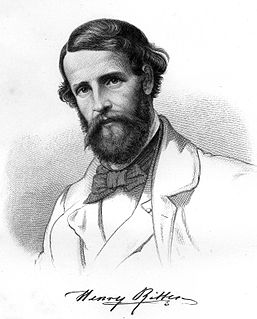
Henry Ritter was a Canadian-born German genre painter and illustrator; associated with the Düsseldorfer Malerschule.
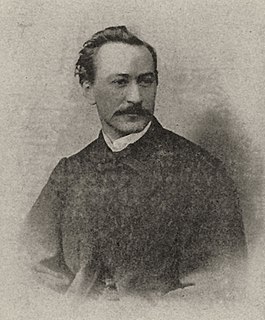
Albert Arnz was a German landscape painter of the Düsseldorf school.

Wilhelm Rudolf Jordan was a German genre painter, illustrator, etcher and art teacher.

Victor Reinhold Forssell was a Swedish landscape, animal and genre painter.

Albert de Meuron was a Swiss landscape, genre, portrait and history painter associated with the Düsseldorf School.

Eugen Kampf was a German painter; associated with the Düsseldorf school of painting. He specialized in rural and village scenes.

Ernestine Friedrichsen was a German genre painter; primarily of family scenes.

A King and Queen in Mourning is an oil on canvas painting by German artist Carl Friedrich Lessing, created in 1830, showing a royal couple mourning their daughter's death, a scene from Ludwig Uhland's poem Das Schloß am Meere. Considered the masterpiece of the "romantic-elegaic soul painting" of the Düsseldorf School, it is now in the Hermitage Museum in Saint Petersburg, Russia.
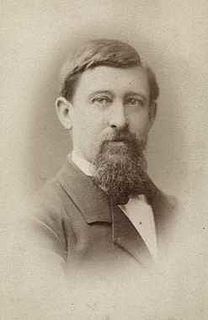
Peder Cappelen Thurmann was a Norwegian landscape painter; associated with the Düsseldorfer Malerschule.

Carl Conrad Julius Hertel was a German genre painter, associated with the Düsseldorfer Malerschule.
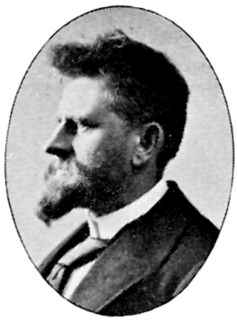
Olof August Andreas Jernberg was a German landscape and marine painter of Swedish ancestry; associated with the Düsseldorfer Malerschule.

Ludwig von Milewski, also Ludwig Milewsky, was a Polish painter. He was shot dead on a barricade as a leader of revolutionary street fighters in the 1849 May uprising in Düsseldorf.
Julius Bayerle was a German sculptor and painter as well as a teacher at the Kunstakademie Düsseldorf.
Carl (Karl) Adloff was a German painter of the Düsseldorf school of painting.
Carl (Karl) Ernst Forberg was a German engraver, etcher and painter of the Düsseldorf school of painting.
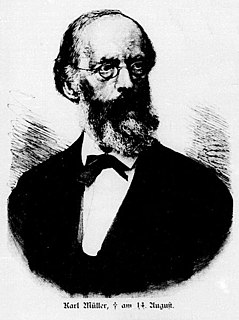
Karl Müller, also Carl Müller was a German late Nazarene painter of the Düsseldorf school of painting.

Wilhelm Schneider-Didam was a German portrait painter of the Düsseldorf school of painting.
Wilhelm Carl Melchior Simmler was a German painter and illustrator of the Düsseldorf school of painting.
Emil Schultz-Riga was a Baltic Germans-Russian landscape painter of the Düsseldorf school of painting. He also worked with portraits and floral still lifes.
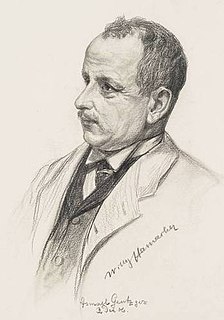
Willy Hamacher was a German landscape and marine painter.
| Wikimedia Commons has media related to Ferdinand Fagerlin . |